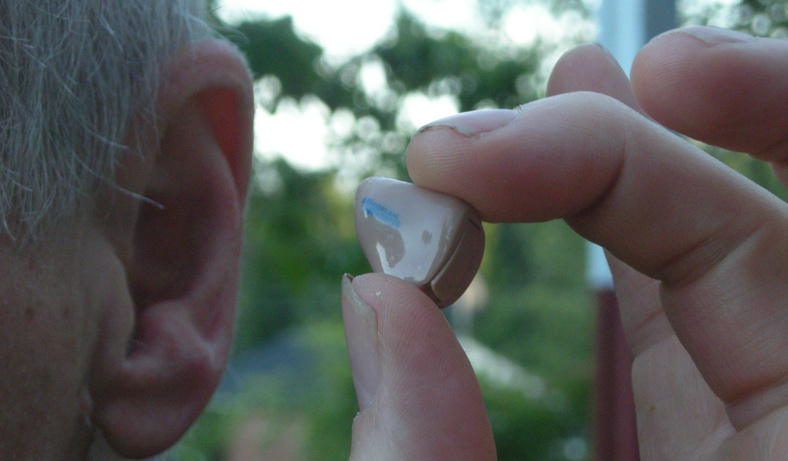Hearing Loss in Diabetes Patients
Hearing loss has various classifications depending on the areas damaged. It is good to know the kinds and prevention for each.
- Sensorineural hearing loss: This type is rarely treatable because damages are either hereditary or caused by head injury, birth trauma or acoustic trauma. Affected areas are the inner ear, cochlea, nerve or cilia, which is responsible in transmitting sound.
- Conductive hearing loss: This type is most of the time curable. Hearing loss is considered mechanical because it is either from an obstruction in the canal, disruption of tympanic membrane, fluid in the ear or simply poor sound conduction.
- Mixed hearing loss: This type is a combination of sensorineural and conductive hearing loss that is commonly diagnosed in diabetic patients.
How to diagnose hearing loss?
Severity of deafness can be evaluated by an ENT doctor. As an audiologist, they know how to assess and examine damages of the ear. They are equipped with machines and data that can interpret the situation. Tests like Pure Tone Audiogram can graph the condition and results must be kept for future comparison. The patient is asked to enter a soundproof room. He will be given headphones and there will be sounds with different frequencies. Interactions will be tallied and through the graph, an audiologist can then identify the type and severity of hearing loss. Another test is called impedance audiometry which can measure pressure in the middle ear.
How hearing loss is connected to diabetes?
Experts say that people with diabetes have 30% higher chances of developing hearing loss as compared to normal adults. High blood sugar levels causes damage in the small blood vessels in the ear. The nerves become fragile and this leads to sensorineural hearing loss. In addition, experts say that infection of the ear is also common in diabetics.
- Candida albicans lead to itching, discharge in the ear and reduced hearing associated with pain. This kind of infection needs absolute cleaning of the ear to get rid of the fungi along with topical agents for three weeks.
- Pseudomonas aeroginosa causes malignant otitis externa that leads to foul-smelling discharge and severe pain in the ear especially at night. Control of blood sugar and aggressive antibiotics are needed for this infection to avoid hearing loss and erosion of the temporal bone.
Is there any preventive measure for hearing loss?
- Control your blood sugars and have regular visits with your audiologist.
- Try to decrease your weight by working out because it may result in better regeneration of nerves in the ear.
- Avoid long-term use of earphones to prevent acoustic trauma.
- Use protective earphones if you are surrounded by loud noises.
- In many cases, the hearing aids are recommended to assit hearing of the patients.
[ppmaccordion][ppmtoggle title=”Scholarly Reference”]
[/ppmtoggle][/ppmaccordion]


I never knew that diabetes was linked with hearing loss. I’m in trouble because my family is teeming with both of these problems. I will definitely have to go and get checkups to prevent both of these things.